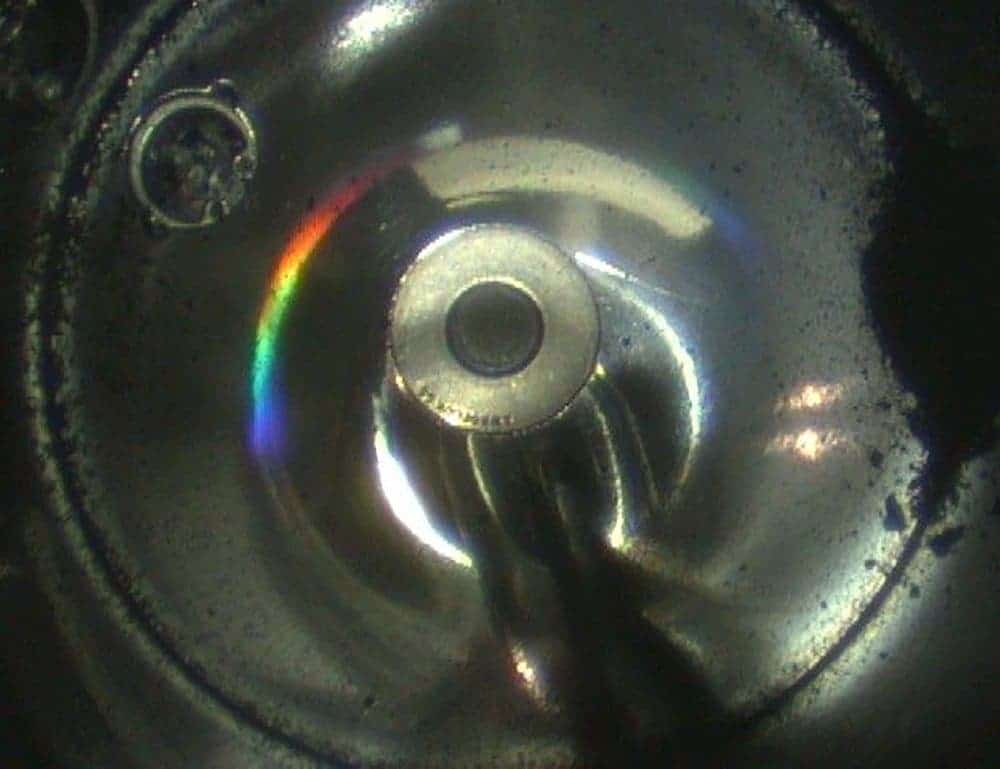Scientists from the Japanese space agency (JAXA) have opened up the capsule returned to Earth by its historic Hayabusa 2 mission and confirmed that asteroid samples are indeed inside, specifically a considerable amount of soil and gas samples. The capsule was dropped from space last week and retrieved in a remote Australian desert.

It’s the first time any samples from asteroids have been brought back to Earth. The samples were taken from Ryugu — an asteroid located about 186 million miles (300 million kilometers) from Earth. The mission spent over a year investigating the asteroid, taking photos and measurements, before obtaining the samples.
“JAXA has confirmed that samples derived from the asteroid Ryugu are inside the sample container,” the agency said in a press statement. “We were able to confirm black, sand-like particles which are believed to be derived from the asteroid Ryugu. The team will remove the samples and proceed with the analysis.”
The scientists had initially seen some black particles at the bottom of the capsule’s sample catcher when they pulled out the container on Monday. Then, by Tuesday, they found more of the soil and gas samples in a compartment that stored those from the first of Hayabusa’s two touchdowns on the asteroid last year.
JAXA Hayabusa 2 project manager Yuichi Tsuda described the return of the samples as a “major scientific milestone,” speaking in a video message during a news conference. “We have confirmed a good amount of sand apparently collected from the asteroid Ryugu, along with gases. The samples are now in our hands,” he added.
Asteroids are essentially time capsules, going about the solar system for billions of years. Scientists have a decent idea of what they’re made of, but fine measurements have been lacking until now — hence the importance of bringing asteroid samples to Earth. The capsule arrived in Japan last week for research, and scientists have big hopes that it might even provide insights into the origin of the solar system and life on Earth. JAXA scientist Hirotaka Sawada was the first one to look at the content of the capsule and said to be “almost speechless” with joy by seeing the samples retrieved by Hayabusa 2.
The team from JAXA hopes the samples can provide information from billions of years ago, unaffected by environmental factors. They are particularly interested in organic materials in the samples so to learn about how they were distributed in the solar system and if there’s a connection between them and life on Earth.
Asteroids have been around for billions of years, and scientists don’t think they’ve changed much. Some scientists believe that it’s possible that asteroids like Ryugu brought water to Earth thereby making the planet habitable. Asteroid samples could help shed light on this hypothesis and plenty of others.
The samples were collected from two touchdowns that Hayabusa2 made on Ryugu. The first landing gathered samples from the surface and the second one from the underground. After studies are completed in Japan, some of the samples will be shared with other space agencies such as NASA for research to begin in 2022.
Meanwhile, the work of Hayabusa 2 is far from over. It’s now on an 11-year mission to another asteroid, 1998KY26, to look at possible defenses against meteorites that could fly toward Earth.









